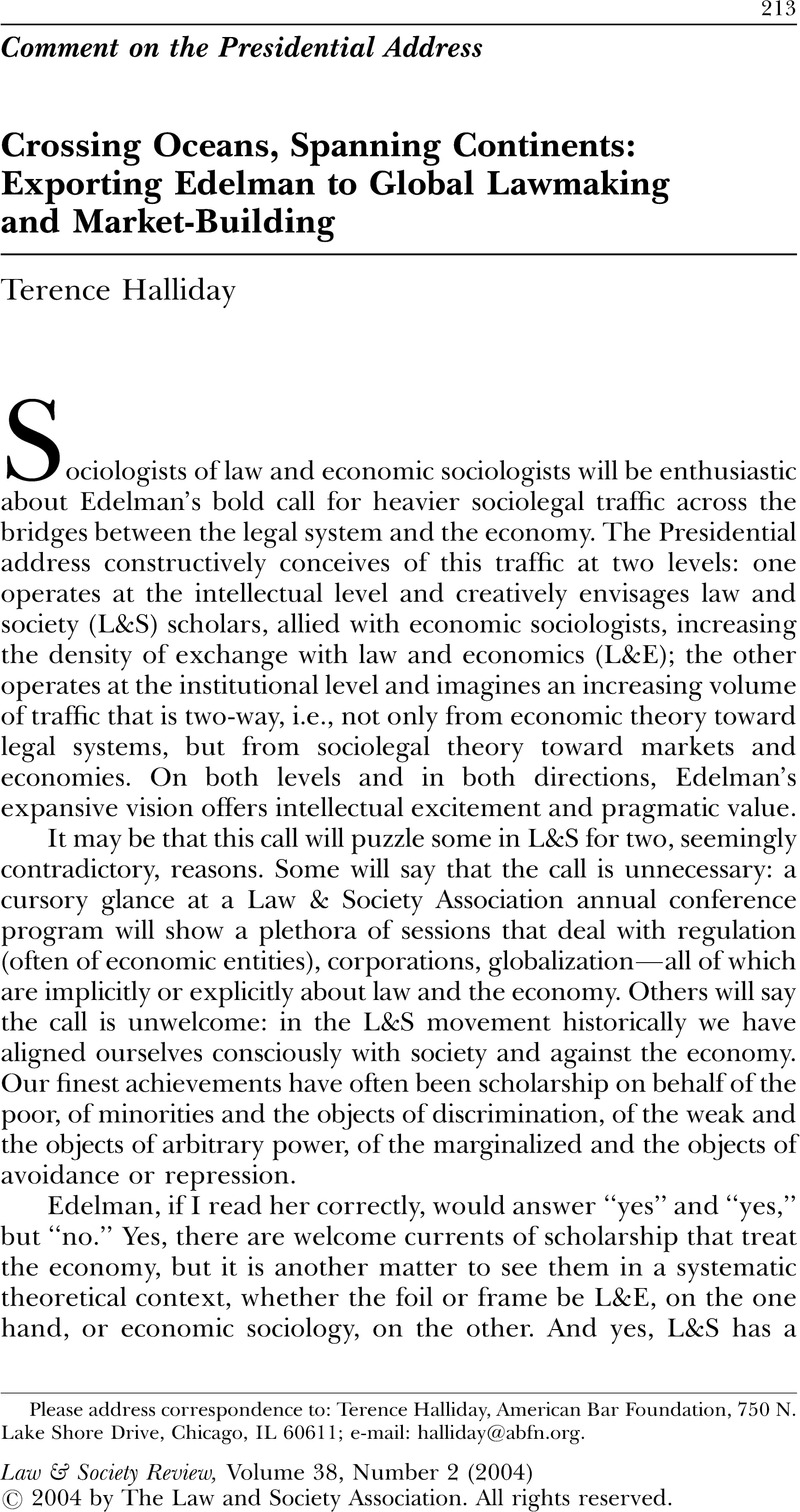Crossref Citations
This article has been cited by the following publications. This list is generated based on data provided by Crossref.
Masoud, Benhajj Shaaban
2014.
The Context for Cross‐Border Insolvency Law Reform in Sub‐Saharan Africa.
International Insolvency Review,
Vol. 23,
Issue. 3,
p.
181.
Tejani, Riaz
2024.
Calabresi’s invite: bridging Law & Society and Law & Economics through “situated valuation”.
Law & Society Review,
Vol. 58,
Issue. 4,
p.
635.


